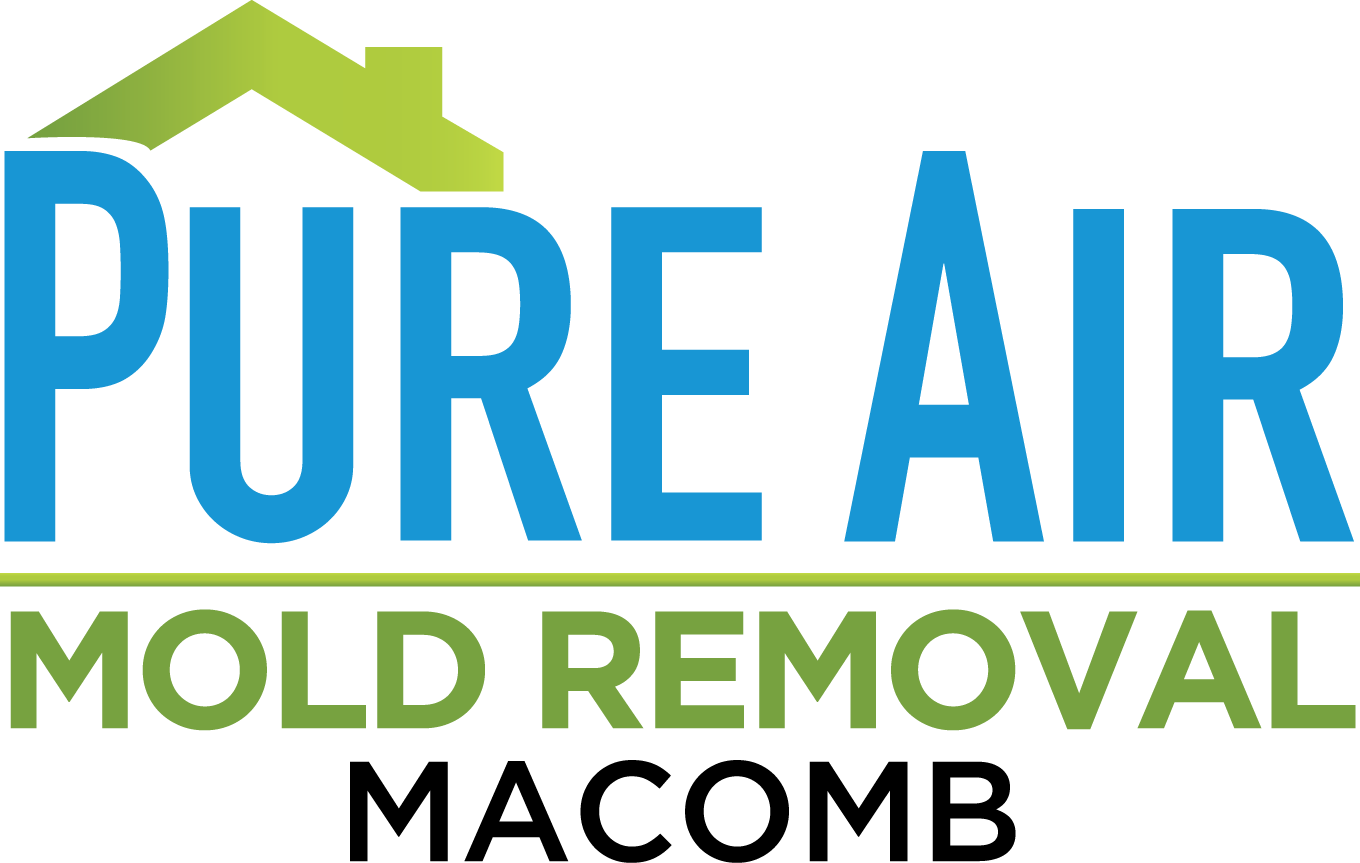I have often been asked about traditional “tear-out” remediation. Let me first say, I believe that there are a time and a place for traditional tear out, dry out, rebuild. Of course, when your home has, as an example, been flooded, you need to tear out the wet stuff, dry out everything, and rebuild. However, this process has its limitations. Let’s go through, step by step, and discuss what a traditional mold remediation Company would do in the case of a basement bedroom flood.
- Cut off the water supply, or water problem immediately.
- Contain the area, in this case, the basement bedroom. This may mean using plastic, and duct tape.
- Often they will set up a negative air system, in an attempt to keep all mold spores within the bedroom. Think of pulling air into the bedroom, as opposed to blowing throughout the home.
- With Containment up, they may put filters in the area and fans and heaters to dry out all wet items including walls, carpets, etc.
- Next, they will tear out whatever is deemed useless, or damaged beyond repair.
- All moldy items get bagged in a plastic bag and hauled outside
- Once all items are removed, they may or may not spray a fungicide in wet mist form, on all affected areas.
- Not, with containment still intact, rebuild items deemed unrepairable.
- After completion of the rebuild, with containment still intact, they will run air scrubbers for a few days in an attempt to remove all spores, hyphae, etc. within a contained area.
- Approximately and as a National average, 10 to 30 days after initial flood, they may or may not run an air quality test within the plastic containment area.
- At this point, they pull down the plastic, and remove all of the equipment and report the project as complete.
I hope that as we detailed the steps, the obvious “chink in the armor” became apparent. Lets back up to pre-flood house history and discuss.
Let’s assume this house is 15 to 20 years old. As homes age, the “mold load” within a home increases. It has to increase. Every home, regardless of the level of housekeeping, has little pockets of mold growth. These include bathroom tile, bathroom flooring, windows and window sills, carpet near water, clothing, sink drains, floor drains, rags, etc etc. All of these small areas have mold growth to some degree. Undoubtedly these little areas will spore, and either 1. Add more mold to these areas, or 2. find a new pocket. Remember mold remains viable for years and years. The cumulative effect of all these little pockets becomes elevated mold load within a home over the years and years. You don’t believe this? Someone explain the “grandma and grandpa” smell or odor of an older home. Of course, it is mold, elevated mold load. The various changes in building codes, materials, and styles have made the problem worse. So let’s assume that on a scale of 1-20, and 20 being an absolute moldy disaster with visible mold, elevated mold spore counts, and mold odor, this home week before the flood was an 8. 8 is probably a good guess since the EPA now says that up to 50 percent of all homes and buildings are affected by elevated mold levels. When the flood occurred, and within 24 hours of the said flood, the“8” climbed to a 14. When the disaster company came in and did their work for the next two weeks on just the basement bedroom, the house likely dropped to a 10. It’s not going back to an 8, since the initial flood would have to elevate the mold load throughout the home. The mold created during the early stages of the flood undoubtedly sent spores throughout the home. Even if the disaster company was able to remove every single solitary spore, hyphae, and mycelium, the home would have increased in overall mold load with the elevated humidity during the flood, the actions taken during the initial cleanup, and the general cleanup. No, I do not believe double bagging with a twisty tie prevents a mold spore from escaping and entering the rest of the home.
Furthermore, the thing that is of most concern, is that the disaster company will now declare the home “safe” and the customer will assume that the home healthy.
What is missing with traditional remediation techniques.? The failure to admit that the entire home could be sick, and likely is sick. The actual water intrusion did not bring the mold that followed. The mold load and corresponding mold spores were already in the home before the flood. The spores simply landed on the wet stuff. So removing the “wet stuff” only removes the spores that happened to land on the moisture and start to grow. The fact of the matter is, the flood likely just elevated an already moldy home. Again, the EPA now says up to percent of homes have moisture problems and elevated mold. The flood simply manifested this fact.
Pure Maintenance is the first Company in the Nation to understand and stress the point that the Entire Home is Sick, not just where the water came in. The mold did not, or likely, did not come with the water intrusion. The mold was already in the home at elevated levels, and the mold spores in the home found the water. Spot rebuild does not address the health of the entire home. It just makes the wet stuff go away. Often, it is more affordable and much more effective to find your local Pure Maintenance Licensee and return your Entire home to a healthy status.
